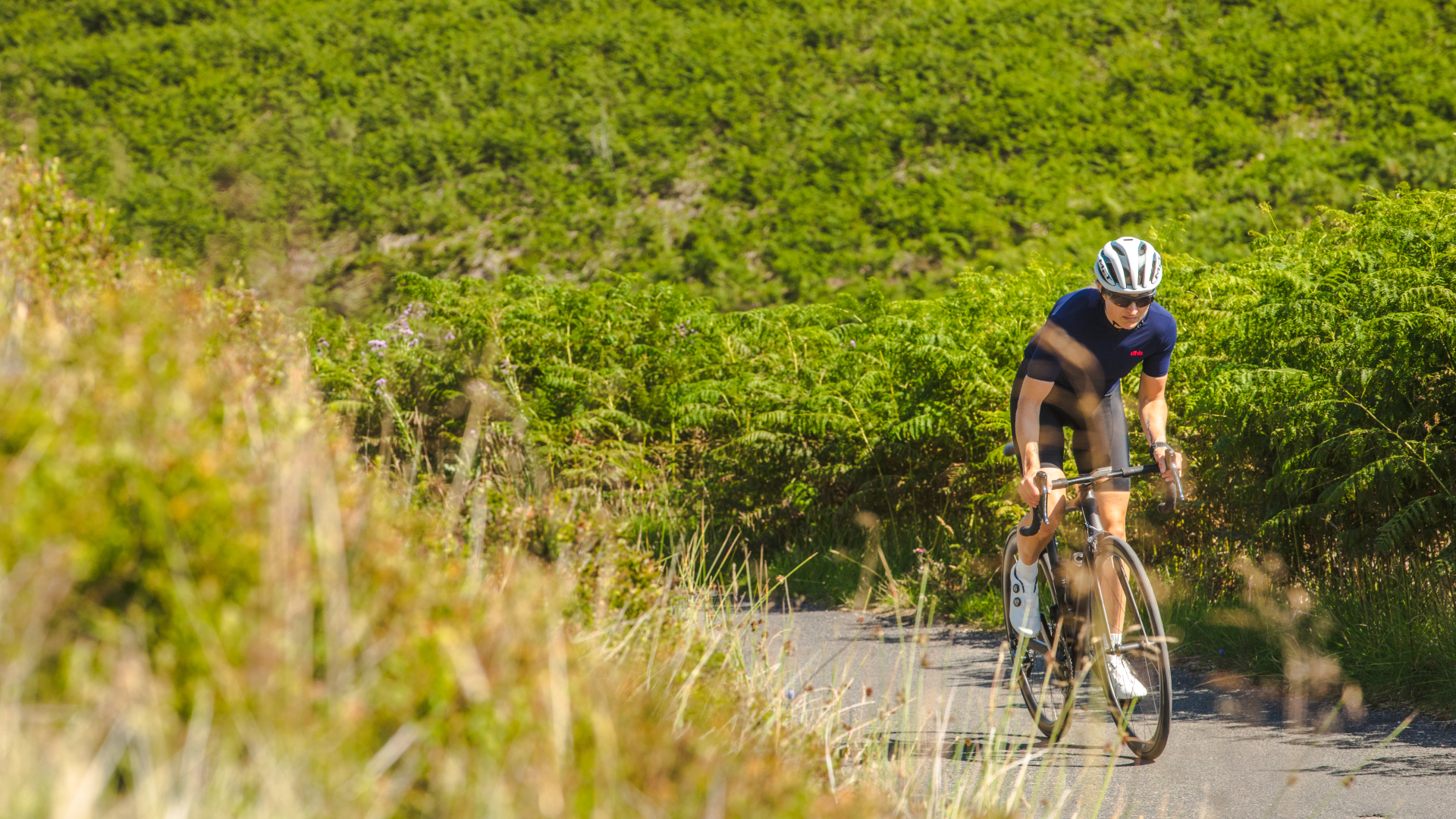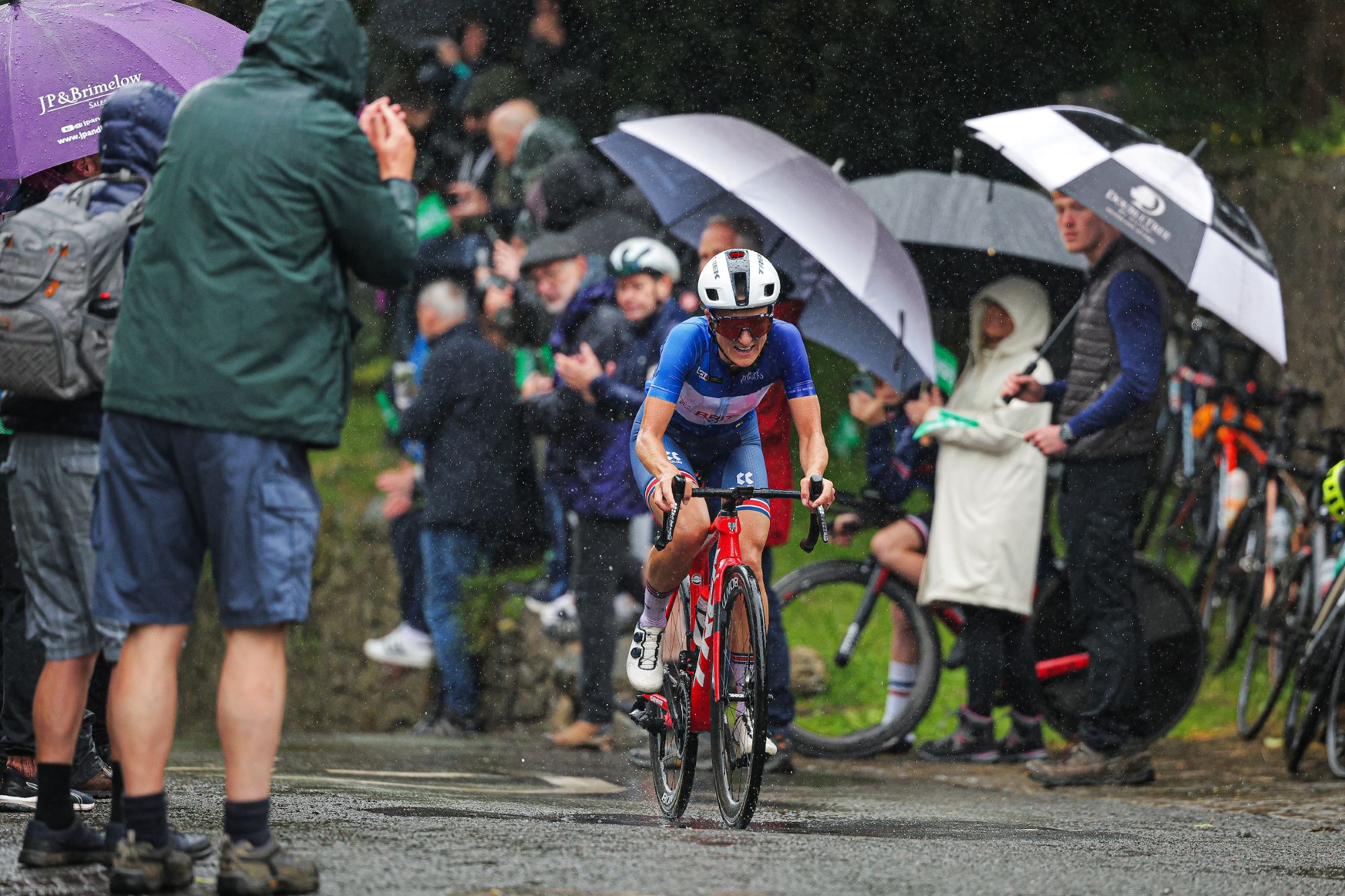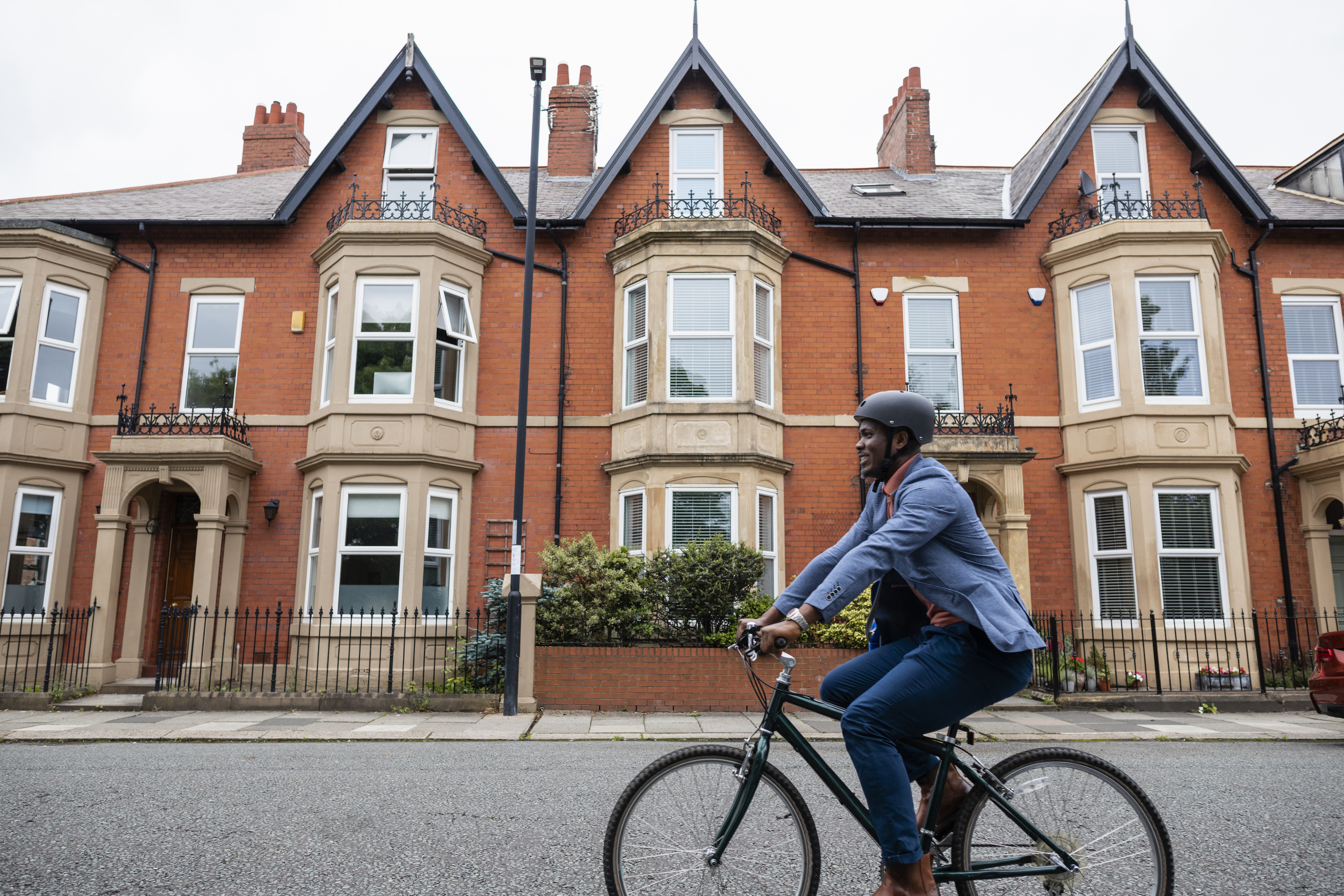Cycling workout of the week #1: 20/40s - Just how hard can 20 sec intervals be? [50 mins]
Do if… you’re looking to boost your high-end power – whether that’s for races, Strava segments or as a HIIT-style workout


This is a classic cycling workout used by many coaches for riders doing events such as criteriums, track races, or road races where the effort level required changes frequently due to changes in pace of the bunch, attacks, and sprinting out of corners.
It consists of 10 x 20 second hard efforts, followed by 40 seconds of easy recovery. Then, a 10 minute rest before repeating the first block again.
These intervals can be fitted into an indoor cycling session less than an hour long so are quite manageable to fit into even a busy schedule with limited training time.
To download the session click on the embedded graph above. If you’re not already set up on TrainerDay it’ll ask you to register for an account - it’s free to do so and it’s free to download the session.
If you're looking for an outdoor alternative, click here to jump down to this section on the page.
Due to the high intensity nature of the 20 second efforts in this cycling workout, your heart rate response from these efforts for the 10 minute block will be more like a sweetspot or sub-threshold effort - even with those 40 seconds of rest. For some, this is easier than doing a solid 10 minutes of threshold.
Simply explained
The main benefits of this cycling workout is that it will help to increase the amount of power you can put out over your threshold, helping you improve your climbing on punchy ascents and following attacks in races. It’ll also increase your repeatability of these efforts, helping you stay up there hill after hill and corner after corner.
Get The Leadout Newsletter
The latest race content, interviews, features, reviews and expert buying guides, direct to your inbox!
Let’s geek out…
Another way of explaining why the intervals in this cycling workout are so good for events like Crits is that they help improve your ‘Watts Prime (W’)’. This is the amount of energy above Critical Power (CP) that we can use and recharge. Basically if ‘W’ is a battery, then these efforts can help increase the size of that battery. Critical Power is an alternative to FTP for setting training zones, find out how to get your numbers and use them in our explainer on Critical Power here.
They also help with building resistance to fatigue generated by inorganic phosphate (Pi) production. This occurs with changes of pace from an easy intensity to a harder one. As the initial increase of power uses the phosphocreatine (PCr) pathway to produce energy quickly, your aerobic and anaerobic pathways will then be providing the rest of the energy.
The issue is that using the PCr pathway leaves metabolites - in this case Pi - which can affect muscle contractile function, and therefore our ability to contract the muscles and produce power. But by training like this we can increase our capacity to remove Pi and thus experience less fatigue.
Additionally, active recovery (easy spinning) has been found to be better at removing Pi from the muscles and resynthesise it into phosphocreatine than no pedalling at all. So a way to make this cycling workout harder would be no pedalling in the 40 seconds rest.
Golden rule
The 20 second efforts shouldn’t be performed maximally from the start. If you do that, then about halfway through the 10 minute block you will start to really feel it and regret it. Your power will also start dropping off and you won’t gain the full benefits of the session.
Consistency is key. So stick to the prescribed effort level of 140 to 150 per cent of Critical Power and the intervals will feel steadily harder as the session goes on.
Another thing will be getting in the right gear for the efforts. In ERG mode this is easily done, but if performing the session in Level mode or outdoors, then gear selection is key. Choose one that you can start pedalling at, perhaps this is a cadence around 80 RPM, and then increase as the effort continues.
Sunny out? How about…

With the blocks being only 10 minutes long, these can be done quite easily outside in most places. Ideally you want a stretch of road that is flat or undulating, minimal tight corners, and no junctions.
These can be done uphill, but bear in mind that recovery will likely be at a higher power output due to being on a climb so will make the session harder and maybe limit power output during the 20 second efforts.
As with any outdoor efforts, it is good to know the stretch of road well so you are aware of any hazards such as potholes or gravelly corners. For riding outdoors, you can also increase the duration of the warm up and cool down around the efforts, as well as the 10 minutes easy riding in-between blocks. The key thing is getting the 10 minute blocks of 20/40s done spot on.
Stay tuned for next week’s session, we'll be bringing you a fresh new cycling workout every Monday.
In the meantime you can find more indoor cycling sessions for turbo training here, sessions specifically if you only have 30 minutes spare to work out here, and training plans for beginners, intermediates and racers here.

Thank you for reading 20 articles this month* Join now for unlimited access
Enjoy your first month for just £1 / $1 / €1
*Read 5 free articles per month without a subscription

Join now for unlimited access
Try first month for just £1 / $1 / €1
Andy is a Sport & Exercise Scientist, fully qualified and experienced Cycling Coach, Sports Director, Freelance Writer, and Performance Consultant. He spent 3 years riding for a UCI cycling team and 7 years as a BC Elite rider, competing in prestigious events such as the Tour of Britain and the Volta a Portugal.
Graduating with a first-class honours degree in Sport & Exercise Sciences, he continues to pursue his interest in research in the field of Sport Science alongside managing his coaching business, ATP Performance. He also works as a Wind Tunnel operator and Performance Consultant at the Silverstone Sports Engineering Hub, working with individuals, teams, and businesses to optimise performance and develop products.
-
 FDJ-Suez, SD Worx-Protime, Lidl-Trek confirmed for Tour of Britain Women as strong list of teams announced
FDJ-Suez, SD Worx-Protime, Lidl-Trek confirmed for Tour of Britain Women as strong list of teams announced18 teams set to take part in four-day WorldTour stage race
By Tom Thewlis
-
 Cyclists could face life sentences for killing pedestrians if new law passed in England and Wales
Cyclists could face life sentences for killing pedestrians if new law passed in England and WalesReckless cycling currently carries a maximum two-year jail term
By Tom Thewlis